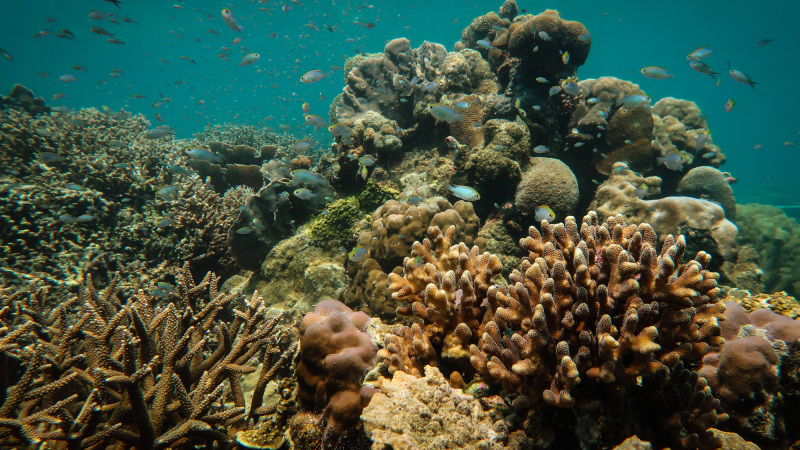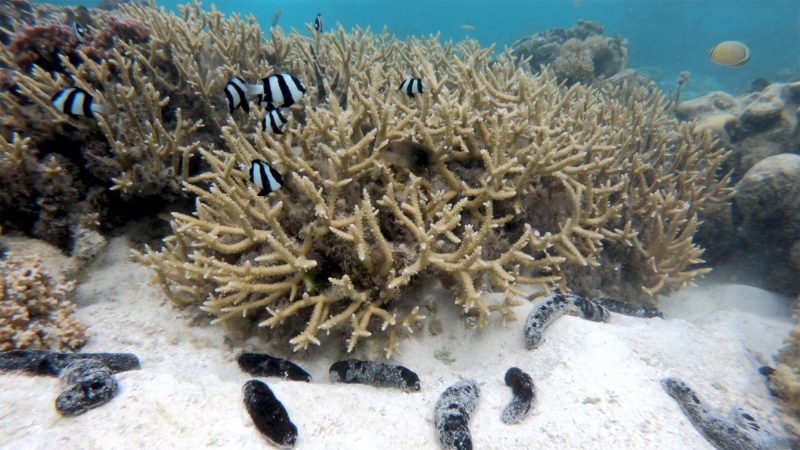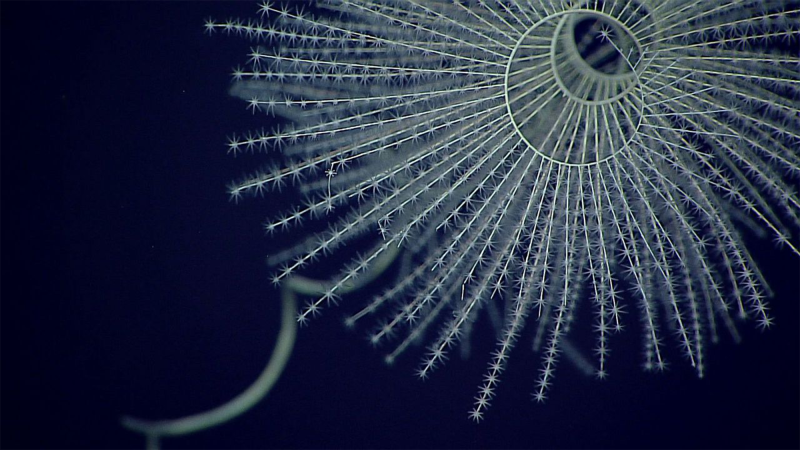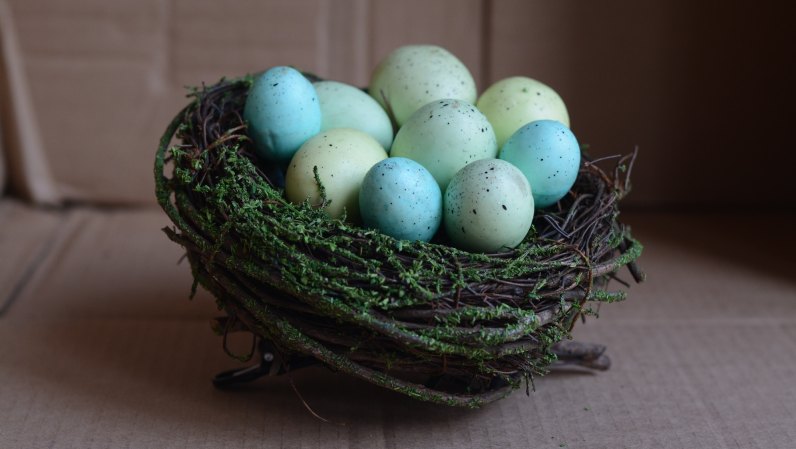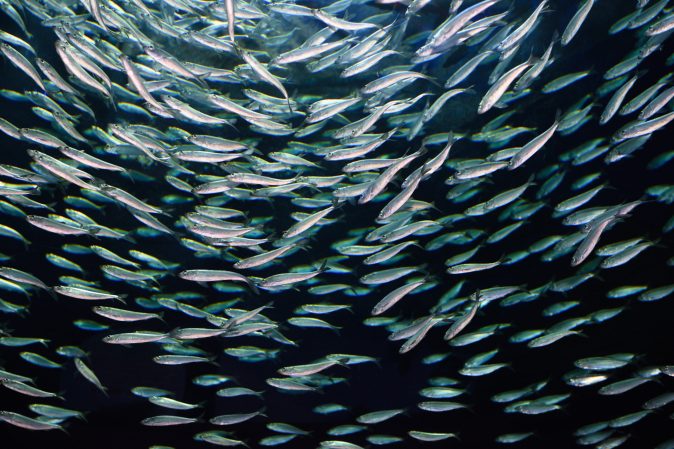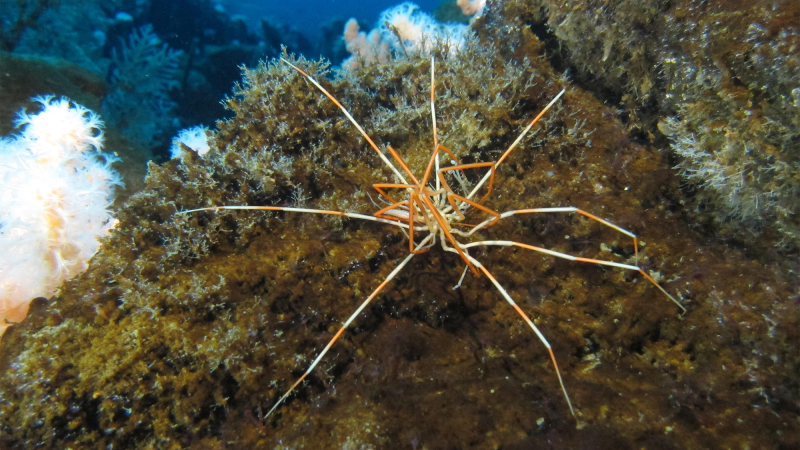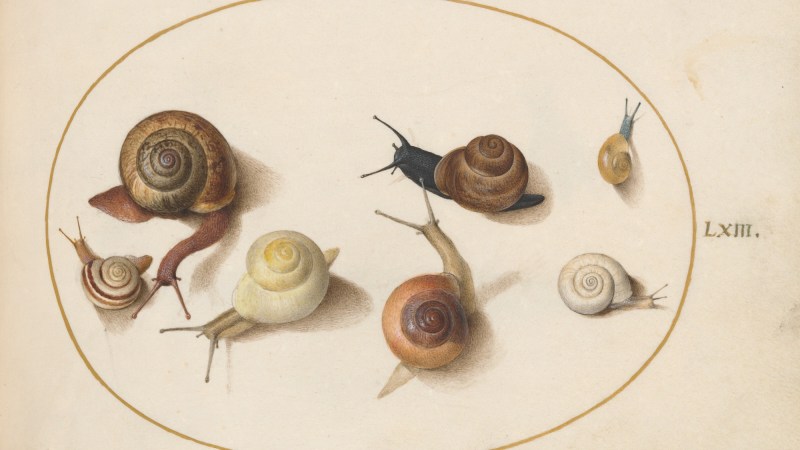The mysterious reproductive lives of corals is one of the many enduring mysteries of marine science. They can reproduce both sexually and asexually and generally only do it once a year. Now, a team of scientists in Japan have produced a model for understanding the factors of coral spawning using several years of aquarium data. The findings are described in a study published May 28 in the journal Royal Society Open Science.
Coral reefs serve as a critical habitat and ecosystem for numerous marine species and can help protect shorelines from storms. While they sometimes look like trees, they are colonies of small anemones that group together to create sturdy reefs. Since they are not plants, they do not use seeds to reproduce. Instead, they can use eggs and sperm the way that other animals do. According to NOAA, most are broadcast spawners that release huge numbers of eggs and sperm into the water. Some of these eggs and sperm eventually join together to form free-floating larvae called planulae. Corals produce trillions of microscopic larvae that can travel up to 62 miles and then settle into the seabed. While that’s a lot of larvae, corals typically only have one chance per year to reproduce.
[Related: Light pollution is messing with coral reproduction.]
“Coral mass spawning, where corals release their eggs and sperm in synchronized bundles over several days following a full moon, is one of the most spectacular reproduction events in the world,” study co-author and University of Tokyo biologist Shinichiro Maruyama said in a statement. “However, despite decades of studies, environmental drivers of the synchronous spawning remain unclear.”
While studying coral spawning in the wild is possible, it can be costly and difficult. According to Maruyama and the team, it can be expensive, impractical, and dangerous during nighttime hours and bad weather.
“Coral spawning data are very sparse; it’s usually only an annual event,” said Maruyama. “Putting such sparse data into a model that can explain the overall pattern of spawning has been impossible, but we’ve finally found a way that works.”

In this study, the team used 15 years of coral spawning records for a genus of corals called Acropora taken by the Okinawa Churaumi Aquarium. There are about 180 species of reef-building Acropora corals and they are commonly found in the Pacific and Caribbean.
After analyzing the data, the team found that corals use several environmental factors including wind speed and rainfall to adjust their spawning timing. They then take this data and synchronize it so that they hit the peak time. The temperature of the water also appears to be the primary trigger to determine the coral’s annual window of opportunity to spawn.
[Related: To save coral reefs, color the larvae.]
According to the team, some of the potential applications of this model are a more accurate precision of coral spawning and an assessment of the environmental changes that could affect coral reproduction.
This study could also lead to more accurate coral spawning predictions and stronger assessments of environmental changes that may affect coral reproduction. While the study uses aquarium data and not information on corals in the wild, the team believes that they can use it as a base to better understand how this process occurs in nature.
“Here, we analyzed past data to make a model that fits that data,” said Maruyama. “Next, we plan to produce a mathematical model to predict future spawning events in nature.”
This kind of data could aid in conservation, as the Northern Hemisphere stands on the precipice of another summer of record-breaking heat due to climate change. The world’s corals are still under siege and understanding how they spawn could help protect them as our oceans continue to boil.



